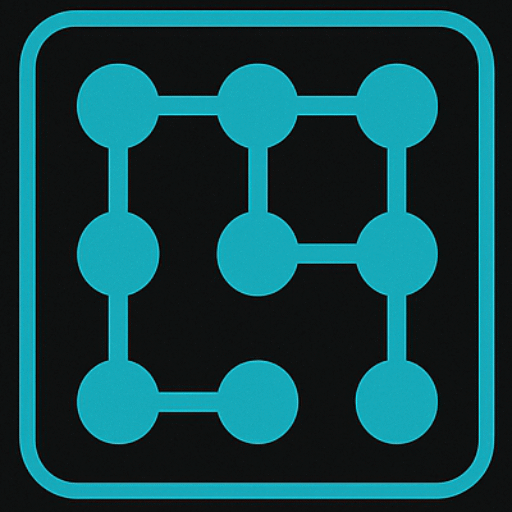Understanding the Octal Number System
The octal system, also known as base-8, uses exactly eight symbols to represent all numbers:
\[\mathsf{0,1,2,3,4,5,6,7}\]
These are simply the first eight digits of the familiar decimal system.
Forming Multi-Digit Octal Numbers
Just like in the decimal and binary systems, we combine these basic digits to form larger numbers.
- After \(\mathsf{7}\), we move to the next number: \(\mathsf{10_8}\) (which means eight in decimal).
- Similarly, after \(\mathsf{77_8}\) comes \(\mathsf{100_8}\).
In general, the octal system follows the same pattern as other positional systems — the value of each digit depends on its position from the radix point (or “octal point”).
Place Value in Octal
Digits to the left of the octal point represent whole numbers and increase in powers of \(\mathsf{8}\):
\[\mathsf{8^0,8^1,8^2,\dots}\]
The rightmost digit is the least significant, and significance increases as we move left.
Digits to the right of the octal point form the fractional part, and decrease in powers of \(\mathsf{8}\):
\[\mathsf{8^{-1},8^{-2},8^{-3},\dots}\]
The first digit after the octal point holds a value of \(\mathsf{8^{-1}=\frac{1}{8}=0.125}\) and each position becomes smaller as you move further right.
Why is Octal Useful?
While not as common as decimal or hexadecimal today, octal still plays a role in digital electronics and computer programming:
- Since \(\mathsf{2^3=8}\), each octal digit neatly represents three binary bits.
- This makes octal a compact and readable way to express long binary numbers.
- Example: Binary \(\mathsf{110101}\) → grouped as \(\mathsf{110\:101}\) → Octal \(\mathsf{65}\)
.
- Example: Binary \(\mathsf{110101}\) → grouped as \(\mathsf{110\:101}\) → Octal \(\mathsf{65}\)
In early computing systems like UNIX, octal notation was used to manage things like file permissions and memory addresses.
